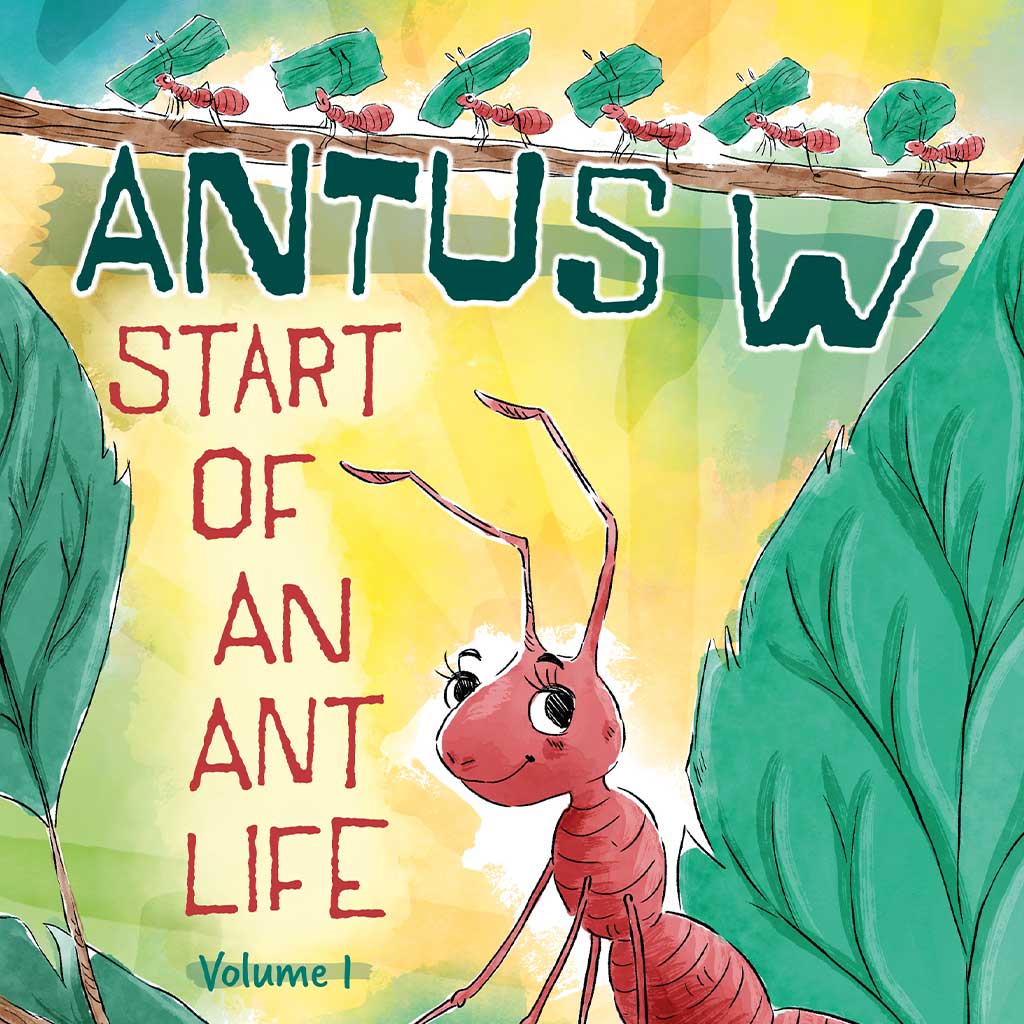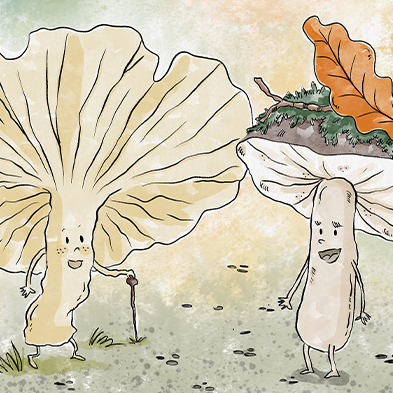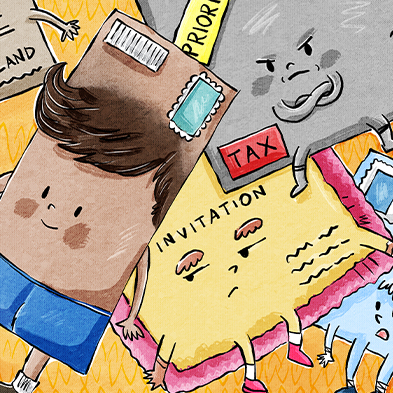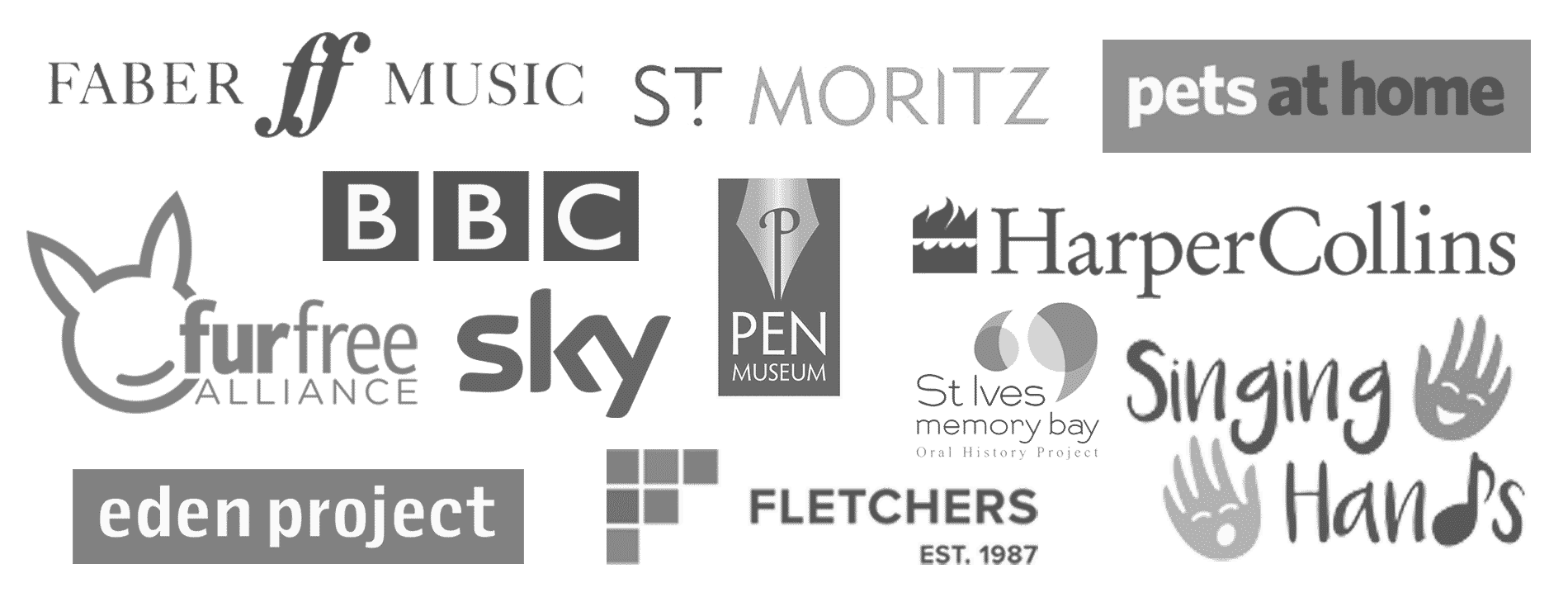Classic fairy tales have long held a unique place in the cultural fabric of societies worldwide. These stories, passed down through generations, are more than just tales of fantasy; they are reflections of the human experience, imbued with moral lessons, universal themes, and archetypal characters. From the humble beginnings of oral storytelling to the pages of lavishly illustrated books, fairy tales have evolved while maintaining their core essence. This evolution is not just a relic of the past; it actively shapes the narratives we see in modern storytelling today.
As a small but passionate studio, Happydesigner understands the power of these timeless stories in inspiring new generations. Our work in children’s book illustration is deeply connected to the rich visual and narrative traditions that classic fairy tales have established. In this article, we explore how these age-old tales continue to influence modern storytelling, from structural elements to moral lessons, and their ongoing adaptation in today’s digital age. The enduring appeal of fairy tales lies in their ability to transcend time, making them as relevant today as they were centuries ago.
The Timeless Appeal of Classic Fairy Tales
The enduring appeal of classic fairy tales can be attributed to their universal themes and the emotional resonance they evoke. Stories like “Cinderella,” “Snow White,” and “Little Red Riding Hood” are not only familiar but also deeply ingrained in the collective consciousness. These tales speak to fundamental human experiences—good versus evil, love, courage, and the pursuit of happiness. The simplicity of these narratives, combined with their profound underlying messages, ensures their relevance across different cultures and eras.
One reason for the lasting appeal of fairy tales is their adaptability. These stories have been retold countless times, each version reflecting the values and norms of the time in which it was told. Whether through oral tradition, written text, or visual media, fairy tales have the flexibility to be reshaped while still retaining their core messages. This adaptability allows them to remain engaging and relatable to modern audiences.
Moreover, fairy tales often feature archetypal characters—heroes, villains, wise elders, and magical beings—whose roles are instantly recognisable. These characters serve as vessels for the story’s moral lessons, making the tales not only entertaining but also educational. For children, in particular, these stories provide a framework for understanding complex ideas about right and wrong, justice, and empathy.
At Happydesigner, we believe that the timeless nature of these stories is crucial to our work. In our illustrations, we aim to capture the magic and wonder that have made fairy tales so beloved, while also bringing a fresh perspective that resonates with today’s young readers. The ability of fairy tales to transcend time and culture is what makes them such a powerful tool in both storytelling and education.
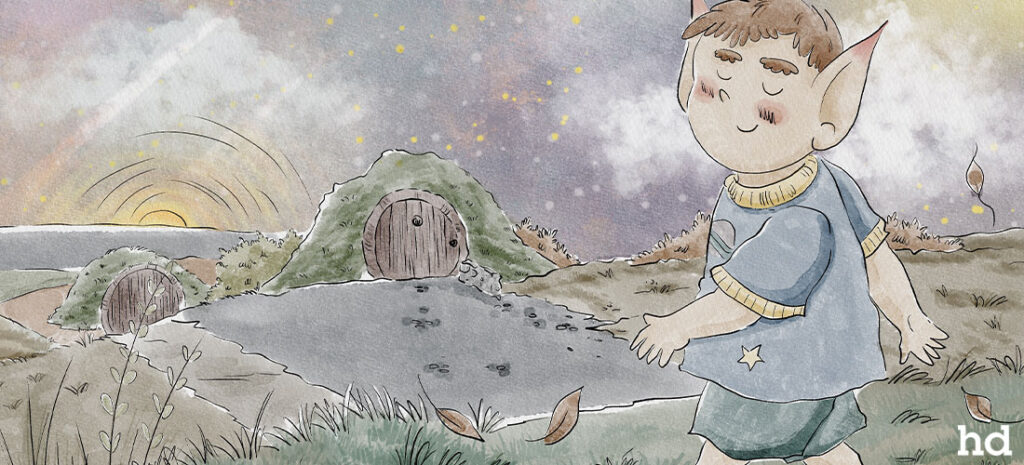
Structural Elements of Fairy Tales in Modern Storytelling
The structure of classic fairy tales is one of the key elements that have influenced modern storytelling. These stories typically follow a simple, yet effective, narrative structure that includes a clear beginning, middle, and end. This structure, often referred to as the three-act structure, has become a staple in storytelling across various media, from books to films.
In the first act, we are introduced to the protagonist and their world, where an inciting incident sets the story in motion. The second act presents the protagonist’s journey, filled with challenges and obstacles that must be overcome. Finally, the third act brings resolution, often with a moral lesson or a ‘happily ever after.’ This structure is not only easy to follow but also emotionally satisfying, providing a sense of closure that is essential in storytelling.
Archetypal characters are another significant structural element borrowed from fairy tales. The hero, the villain, the mentor, and the trickster are all character types that have become staples in modern narratives. These archetypes are easily recognisable and provide a familiar framework that audiences can relate to. For example, the character of the wicked stepmother in “Cinderella” has been echoed in countless stories, from classic literature to modern films.
Contemporary children’s literature often mirrors these structural elements, albeit with some modern twists. For instance, while the basic structure of a hero’s journey remains intact, modern stories may incorporate more complex characters and themes that reflect today’s societal values. Gender roles, for example, have evolved significantly, leading to more diverse and empowered representations of characters in children’s books.
At Happydesigner, we are mindful of these structural elements when creating illustrations for children’s stories. Understanding the framework of classic fairy tales allows us to craft visuals that enhance the narrative, making the story more engaging and accessible to young readers. By incorporating these timeless elements, we can create stories that are both familiar and fresh, appealing to the sensibilities of modern audiences while honouring the traditions of the past.
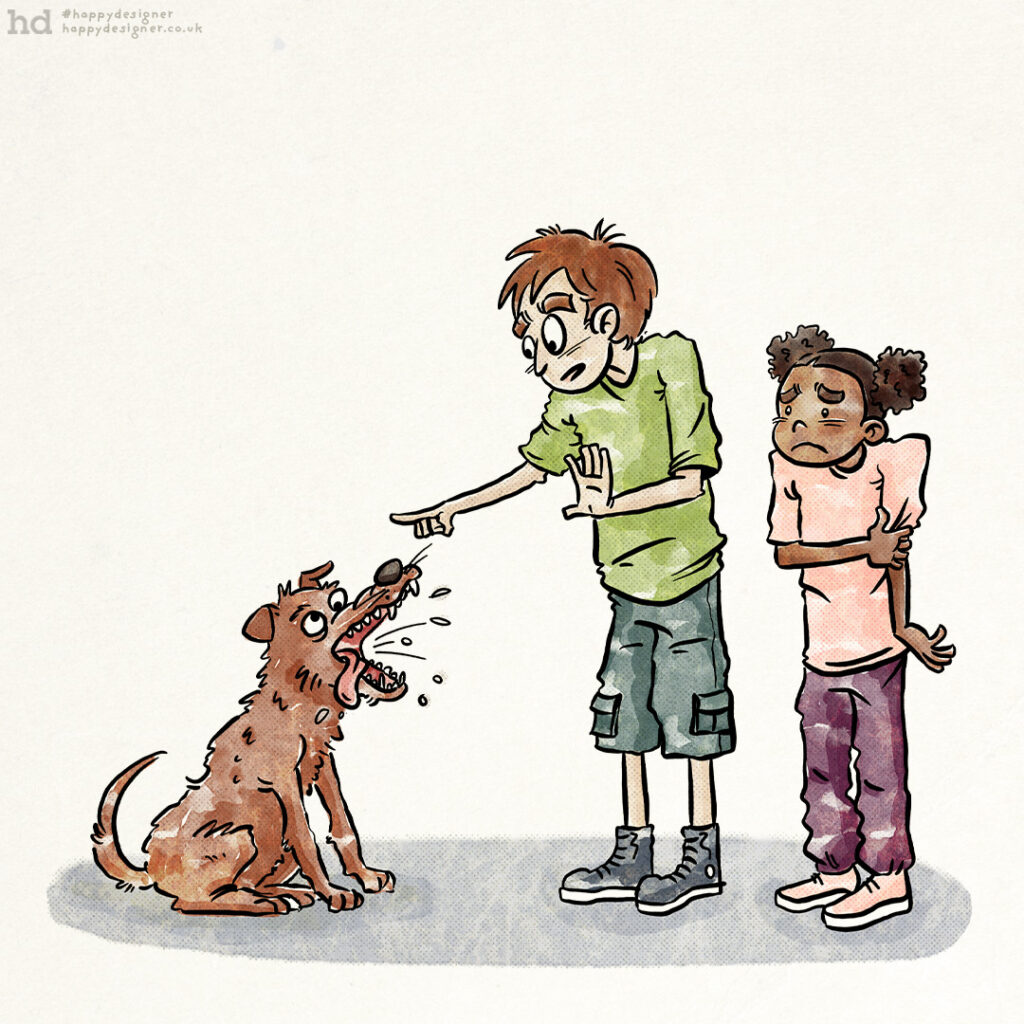
Moral Lessons and Their Evolution
Moral lessons are at the heart of classic fairy tales, serving as both a source of entertainment and a means of teaching values to young audiences. These stories often contain clear messages about good versus evil, the consequences of one’s actions, and the importance of virtues like kindness, bravery, and honesty. In traditional fairy tales, these morals are usually straightforward, reflecting the societal norms and expectations of the time.
However, as society has evolved, so too have the moral lessons conveyed in storytelling. Modern retellings of fairy tales often adapt these lessons to better align with contemporary values. For instance, while older tales might emphasise obedience and conformity, today’s versions may highlight the importance of independence, critical thinking, and self-expression. This shift in focus reflects broader changes in society’s views on issues such as gender roles, individualism, and social justice.
An example of this evolution can be seen in the changing portrayal of female characters in fairy tales. In classic versions, female protagonists often passively await rescue by a male hero. In contrast, modern adaptations frequently depict these characters as active agents of their own destiny, embodying qualities such as courage, intelligence, and resilience. This transformation not only makes the stories more relatable to today’s audiences but also provides more empowering role models for young readers.
Despite these changes, the core function of fairy tales as vehicles for moral education remains intact. The stories still serve to teach valuable life lessons, albeit in ways that resonate with the values and concerns of contemporary society. Whether addressing themes of social justice, environmental responsibility, or personal empowerment, modern fairy tales continue to play a crucial role in shaping the moral framework of young readers.
At Happydesigner, we recognise the importance of these evolving moral lessons in our work. Our illustrations aim to bring these stories to life in a way that reflects both their timeless appeal and their relevance to today’s world. By doing so, we hope to contribute to the ongoing tradition of using fairy tales as a means of teaching and inspiring new generations.
Visual Influence: From Fairy Tale Illustrations to Modern Art
The visual component of fairy tales has always been a powerful tool in storytelling. Classic fairy tale illustrations are often rich in detail, vibrant in colour, and filled with symbolic imagery that complements the narrative. These visuals not only enhance the reader’s experience but also help to cement the story’s themes and characters in the imagination. Over time, the influence of these illustrations has extended far beyond the pages of children’s books, leaving a lasting impact on visual art and design.
The tradition of illustrating fairy tales dates back centuries, with artists like Arthur Rackham, Gustave Doré, and Walter Crane creating iconic images that have become synonymous with the stories themselves. These illustrations often employed a blend of realism and fantasy, drawing the reader into a world that was both familiar and otherworldly. The use of light and shadow, the depiction of fantastical creatures, and the detailed rendering of costumes and landscapes all contributed to the magical atmosphere of the tales.
In modern times, the visual legacy of fairy tales continues to influence a wide range of artistic disciplines. From fashion and film to graphic design and fine art, the motifs and styles established by classic fairy tale illustrations can be seen in many contemporary works. The fantastical elements, the use of symbolism, and the focus on narrative-driven imagery are all hallmarks of this enduring influence.
For instance, in the world of film, directors like Tim Burton have drawn heavily on the visual language of fairy tales to create distinctive, stylised worlds that evoke the magic and mystery of these stories. Similarly, in fashion, designers often incorporate fairy tale-inspired elements into their collections, using elaborate costumes and whimsical details to evoke the sense of wonder and fantasy associated with these tales.
At Happydesigner, we are deeply inspired by this rich visual tradition. Our work in children’s book illustration is informed by the timeless appeal of classic fairy tales, while also embracing contemporary techniques and styles. By blending the old with the new, we strive to create visuals that are both nostalgic and innovative, capturing the essence of the stories while also making them accessible to today’s audiences.
Adaptations and Reinterpretations
Adaptations and reinterpretations of classic fairy tales demonstrate their remarkable ability to evolve and remain relevant across generations. These stories, while deeply rooted in tradition, have been reimagined in countless ways to suit the tastes, values, and expectations of contemporary audiences. This process of adaptation not only breathes new life into the tales but also allows them to address modern themes and issues, ensuring their continued significance in the cultural landscape.
One of the most prominent trends in modern adaptations is the subversion of traditional narratives. In many classic fairy tales, characters are often depicted in stark black-and-white terms—heroes are virtuous, and villains are irredeemably evil. However, contemporary reinterpretations frequently challenge these simplistic portrayals, offering more nuanced and complex characters. For instance, recent adaptations may present villains with sympathetic backstories, or portray heroes who are flawed and relatable, reflecting the complexities of real-life human nature.
Another significant trend in modern adaptations is the exploration of darker, more mature themes. While classic fairy tales often conclude with a reassuring ‘happily ever after,’ contemporary versions may embrace ambiguity, moral complexity, and even tragedy. This shift towards darker themes reflects a growing recognition that fairy tales can be more than simple children’s stories—they can also be vehicles for exploring the complexities of the human condition.
Film and literature are the primary mediums through which these adaptations are explored, but the trend extends to other forms of media as well. Graphic novels, video games, and even stage productions have all embraced the challenge of reinterpreting fairy tales for modern audiences. These diverse forms of storytelling allow for innovative and creative approaches to age-old narratives, ensuring that fairy tales remain a dynamic and evolving art form.
At Happydesigner, we appreciate the creativity and imagination involved in reinterpreting classic fairy tales. These adaptations not only pay homage to the original stories but also open up new possibilities for visual storytelling. As illustrators, we relish the opportunity to bring these reimagined tales to life, using our artistic skills to enhance the narratives and create engaging, visually striking works that resonate with today’s readers.
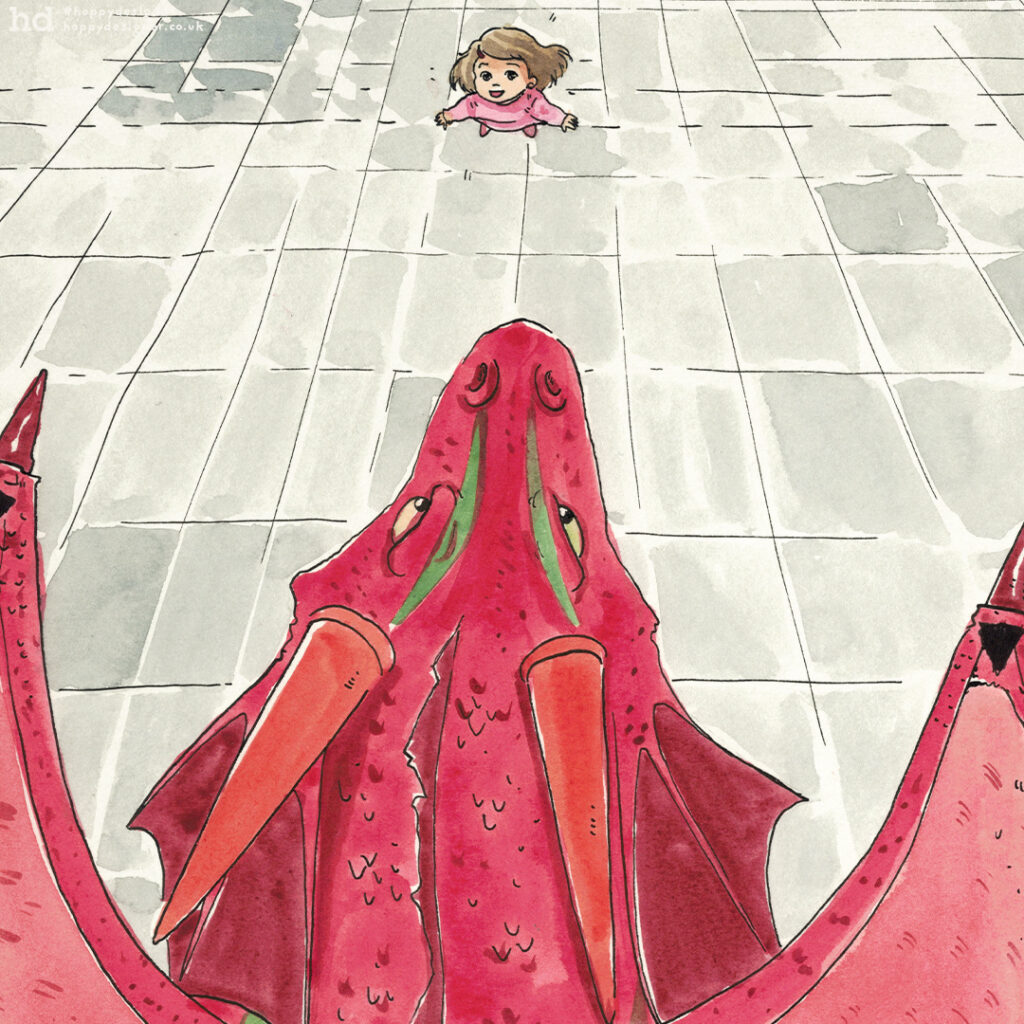
Fairy Tales in the Digital Age
The advent of digital media has revolutionised the way fairy tales are consumed, shared, and adapted, bringing these timeless stories to new audiences in innovative ways. With the rise of e-books, audiobooks, and interactive apps, the traditional fairy tale has found a new life in the digital age, offering immersive and engaging experiences that go beyond the printed page.
Digital platforms have enabled fairy tales to reach a global audience with unprecedented ease. Children and adults alike can now access a vast array of fairy tales from different cultures, broadening their understanding and appreciation of these stories. This accessibility not only preserves the legacy of classic fairy tales but also fosters cross-cultural exchange, allowing stories to be shared and reinterpreted in diverse ways.
Interactive storytelling is one of the most significant developments in the digital adaptation of fairy tales. Apps and digital books often incorporate interactive elements that allow readers to engage with the story in new ways, such as choosing different paths for the characters or exploring hidden details in the illustrations. This level of engagement enhances the storytelling experience, making it more dynamic and personalised.
Moreover, digital media allows for the incorporation of multimedia elements, such as sound, animation, and video, which can bring fairy tales to life in ways that traditional books cannot. These enhancements create a more immersive experience, capturing the imagination of young readers and keeping them engaged.
While digital media offers exciting new possibilities for storytelling, it also presents challenges, particularly in maintaining the balance between innovation and tradition. At Happydesigner, we believe in the importance of preserving the core elements that make fairy tales so enduring—engaging narratives, memorable characters, and meaningful lessons—while also embracing the opportunities offered by digital technology to reach and inspire new generations.
The Role of Fairy Tales in Education and Child Development
Fairy tales play a vital role in the education and development of children, serving as both a source of entertainment and a tool for learning. These stories are often a child’s first introduction to literature, helping to develop literacy skills, expand vocabulary, and ignite the imagination. The familiar structure of fairy tales—beginning, middle, and end—also aids in teaching children about narrative form and storytelling.
Beyond their educational value, fairy tales have a significant impact on emotional and moral development. The clear distinctions between good and evil, the consequences of characters’ actions, and the ultimate triumph of good over adversity all serve to impart important life lessons. These stories teach children about empathy, resilience, and the importance of making the right choices.
Moreover, fairy tales provide a safe space for children to explore complex emotions and situations. Through the experiences of the characters, children learn to navigate fear, anger, and uncertainty, gaining valuable coping mechanisms that can be applied in real life.
At Happydesigner, we recognise the profound impact that fairy tales can have on a child’s growth and development. Our illustrations aim to enhance these stories, making them more engaging and accessible, and helping to ensure that the lessons they impart are both memorable and meaningful.
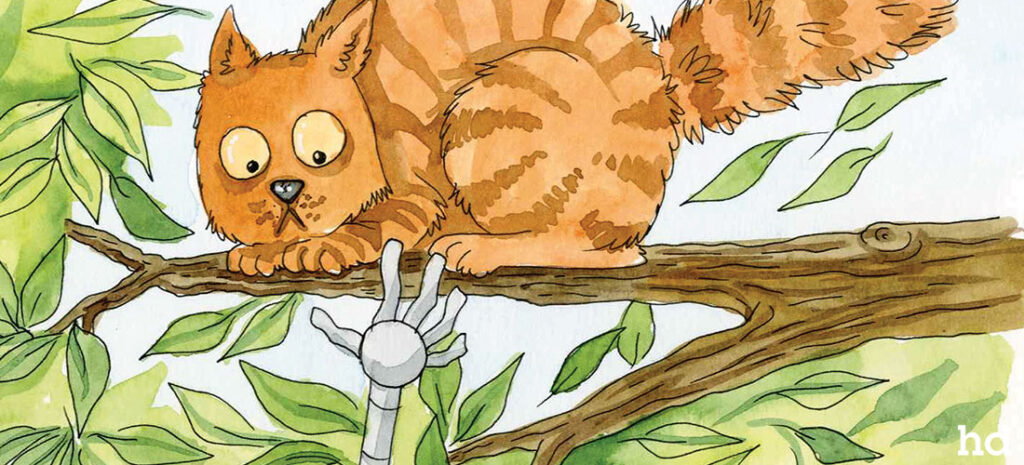
Conclusion: Classic Fairy Tales on Modern Storytelling
The influence of classic fairy tales on modern storytelling is both profound and far-reaching. These timeless stories, with their universal themes, moral lessons, and familiar structures, continue to resonate with audiences of all ages. From their origins in oral tradition to their presence in contemporary literature, film, and digital media, fairy tales have proven their enduring relevance and adaptability.
At Happydesigner, we are deeply inspired by the rich legacy of these tales. As a studio dedicated to children’s book illustration, we strive to honour the traditions of classic fairy tales while also embracing the opportunities offered by modern storytelling. Through our work, we aim to bring these stories to life in a way that is both timeless and contemporary, capturing the magic that has made them beloved for generations.
In a world that is constantly changing, fairy tales provide a comforting sense of continuity, reminding us of the values and lessons that transcend time. As we look to the future, we remain committed to preserving the magic of these stories while also exploring new ways to share their beauty and wisdom with audiences around the world.
Discover the magic of storytelling with Happydesigner—where timeless fairy tales meet captivating modern illustrations to inspire and delight young readers.
Further Reading
For more insights into the influence of classic fairy tales on modern storytelling, consider exploring these resources:
- Snow White – Wikipedia – Dive into the history and adaptations of one of the most beloved fairy tales, “Snow White,” and explore its ongoing impact on contemporary narratives.
- Brothers Grimm – Britannica – Learn about the Brothers Grimm, whose collection of fairy tales has profoundly influenced both literature and the study of folklore worldwide.
One Thousand and One Nights – Wikipedia – Explore the rich tapestry of Middle Eastern folk tales in “One Thousand and One Nights” and their lasting influence on global storytelling traditions.

